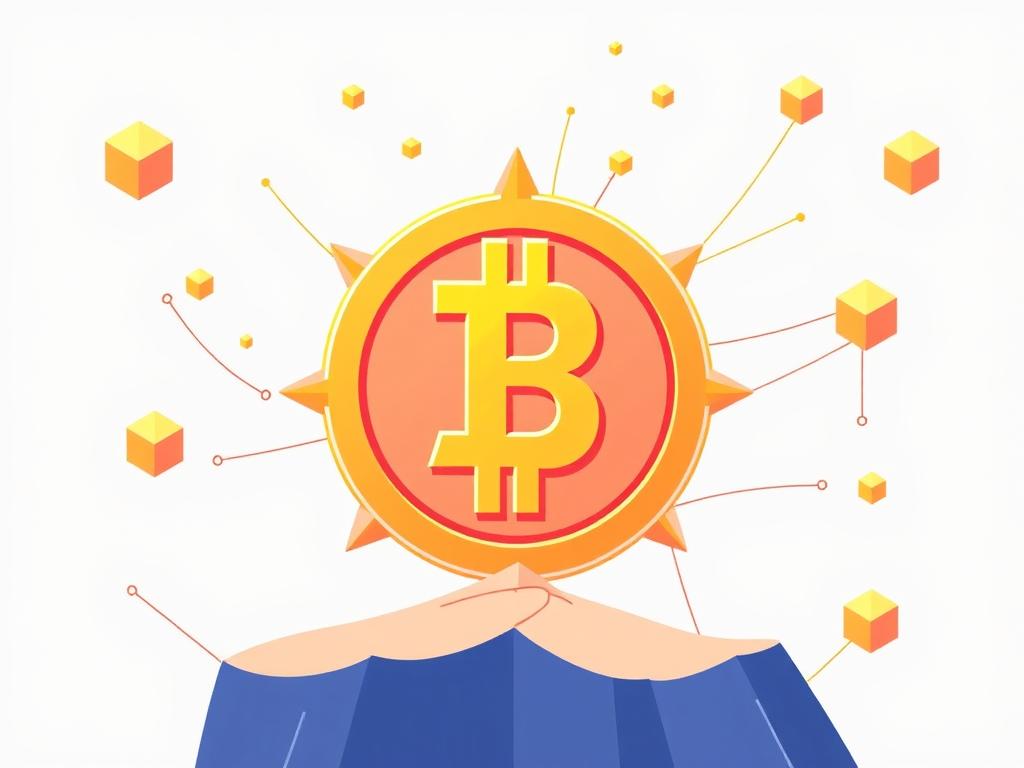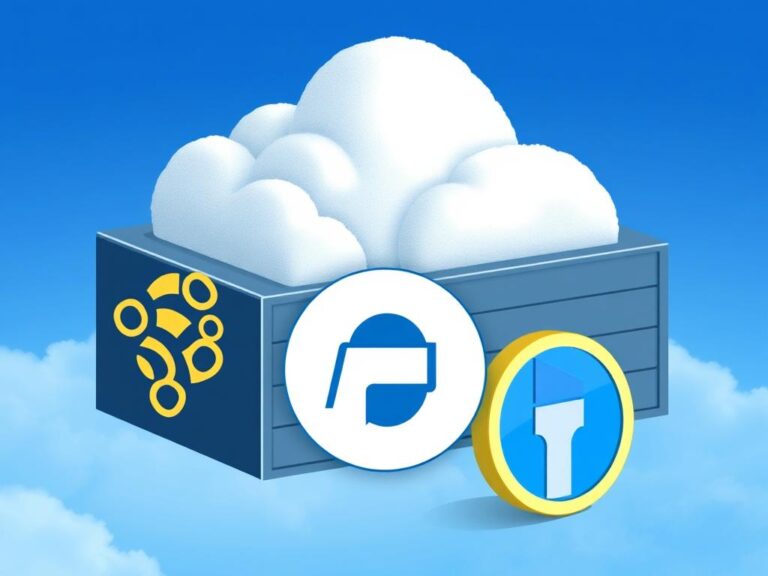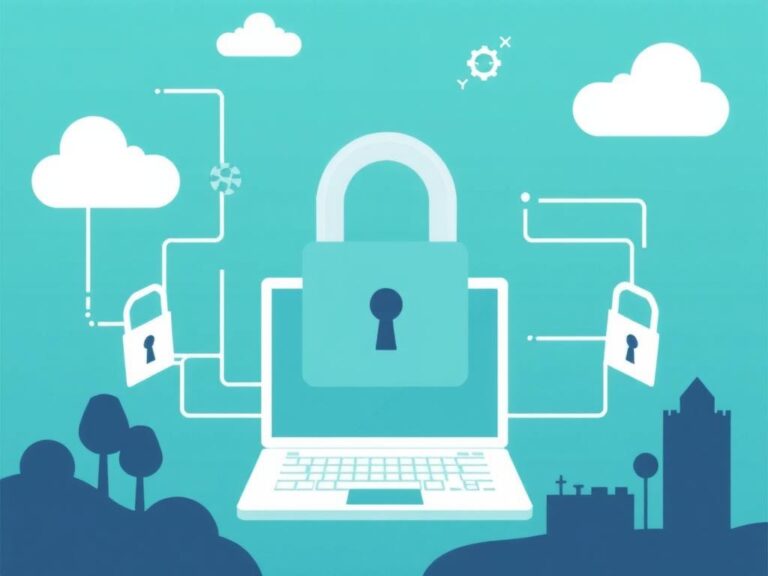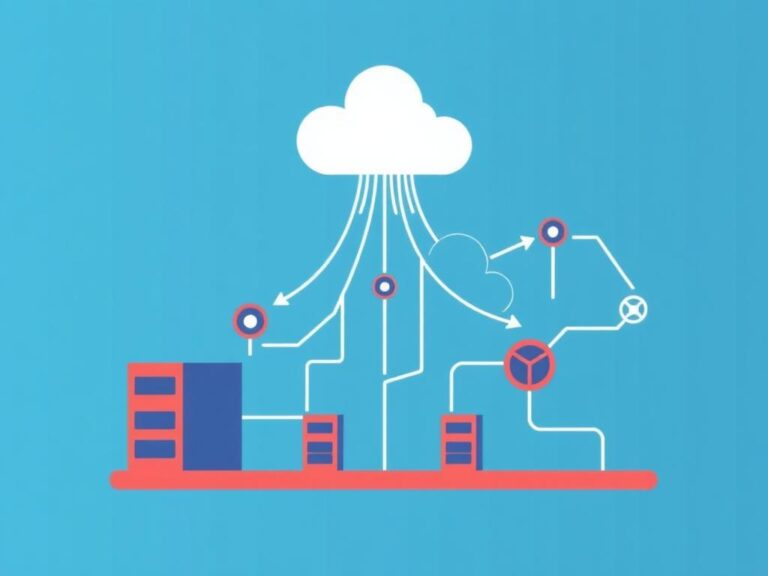The Role of P2P in Decentralized Finance (DeFi): Revolutionizing the Financial Landscape
Decentralized Finance, commonly known as DeFi, has been making waves in the world of finance by offering a new way to manage assets, borrow, lend, and trade without relying on traditional intermediaries like banks. At the heart of this transformation is P2P, or peer-to-peer technology, which enables direct interactions between users. The role of P2P in decentralized finance is crucial, as it removes middlemen, reduces costs, increases transparency, and empowers individuals to control their finances. If you’re curious about how P2P blends with DeFi to reshape financial services, read on to explore the ins and outs of this fascinating synergy.
Understanding P2P and Its Importance in DeFi
Before diving deep into the role of P2P in decentralized finance, it’s important to understand what P2P really means. P2P technology allows two or more participants to transact directly without the need for a central authority. In finance, this means users can lend, borrow, or trade assets without a bank or other institution acting as a middleman. This is where P2P aligns naturally with DeFi, which itself is built on blockchain technology—a decentralized and transparent ledger that records every transaction.
P2P in the DeFi environment offers an alternative to traditional systems plagued by inefficiency and high fees. For example, when you use a bank to transfer money, you might pay hefty fees, wait for hours or even days, and have to trust a third party to safeguard your funds. With P2P-powered DeFi platforms, however, transactions happen instantly, costs are minimal, and transparency is inherent. This fundamentally transforms how we think about financial empowerment.
Key Benefits of P2P in Decentralized Finance

- Lower Costs: Eliminating intermediaries reduces transaction fees.
- Increased Security: Decentralized nodes verify transactions, minimizing fraud risks.
- Greater Accessibility: Anyone with an internet connection can participate, regardless of location.
- Enhanced Privacy: Many P2P DeFi platforms allow anonymous or pseudonymous transactions.
- Faster Transactions: Peer-to-peer models drastically cut down processing times.
P2P Lending: A Cornerstone of Decentralized Finance
One of the most prominent applications of P2P in DeFi is P2P lending. Unlike conventional loans managed by banks or lending institutions, P2P lending platforms allow individuals to borrow directly from other people. This democratization of lending offers advantages for both borrowers and lenders. Borrowers can access funds without stringent credit checks or lengthy approval processes, while lenders earn interest by directly funding loans.
In the DeFi space, P2P lending eliminates barriers and reduces frictions. Smart contracts—self-executing contracts with coded terms—automatically handle negotiations, repayments, and collateral management. This reduces the risk of default and enforces transparency. It also opens up lending opportunities to underserved or unbanked populations worldwide.
How P2P Lending Works in DeFi
| Step | Description |
|---|---|
| 1. Listing Loan Requests | Borrowers post loan requests specifying amount, duration, and interest rate. |
| 2. Matching with Lenders | Lenders browse available requests and fund loans directly. |
| 3. Smart Contract Deployment | A smart contract locks the loan terms and collateral, ensuring automatic enforcement. |
| 4. Repayment | Borrowers repay the loan through the platform; repayments are distributed to lenders. |
| 5. Collateral Return or Liquidation | If borrowers repay successfully, collateral is returned; if not, it is liquidated to cover losses. |
The Role of P2P Exchanges in DeFi
Besides lending, P2P also fuels decentralized exchanges (DEXs), where cryptocurrencies and tokens can be traded directly between users. Traditional exchanges often act as centralized hubs, holding custody over users’ funds and being susceptible to hacks, regulatory challenges, or downtime. P2P exchanges in DeFi allow traders to retain control over their assets while transacting trustlessly on the blockchain.
This P2P model fosters greater liquidity and variety of trading pairs without requiring a trusted intermediary. It also encourages a global network of users to participate seamlessly in real time, supporting price discovery and market efficiency. Here, smart contracts again play a vital role by automatically matching buy and sell orders and settling trades securely.
Benefits of P2P Exchanges in DeFi
- Reduced Counterparty Risk: Funds remain in user wallets until trades are settled.
- Global Accessibility: Users can trade from anywhere without restrictions.
- No Central Point of Failure: The decentralized nature increases platform resilience.
- Enhanced Privacy: Traders can exchange assets without extensive KYC requirements.
P2P and Financial Inclusion: Empowering the Unbanked
One of the most compelling aspects of P2P in decentralized finance is its potential to promote financial inclusion. Worldwide, billions of people remain unbanked or underbanked due to lack of access to traditional financial institutions. DeFi platforms powered by P2P technology break down geographical and regulatory barriers by offering permissionless, open financial services.
Imagine a farmer in a remote village accessing loans or insurance products without ever visiting a bank, simply through a mobile device thanks to P2P DeFi. This is no longer wishful thinking but an emerging reality. By democratizing access and centering trust on blockchain networks rather than centralized intermediaries, P2P fuels a more inclusive global economy.
Challenges Facing P2P Adoption in DeFi
While the role of P2P in decentralized finance is promising, there are challenges that slow widespread adoption. Some of these include:
- Technical Complexity: Users need a basic understanding of blockchain and wallets.
- Regulatory Uncertainty: Many countries are still figuring out how to govern DeFi services.
- Security Risks: Vulnerabilities in smart contracts and scams pose ongoing threats.
- Scalability Issues: Blockchain congestion can lead to slower transactions and increased fees.
Addressing these challenges through education, better UI/UX, regulatory clarity, and improved technologies will be vital for P2P’s long-term success in DeFi.
The Future Outlook: P2P and DeFi Innovations
The landscape of decentralized finance continues to evolve rapidly, and P2P remains a fundamental pillar in its growth. Innovations such as P2P insurance, liquidity pools, and cross-chain asset swaps are expanding opportunities and use cases for direct peer-to-peer interactions. Layer 2 solutions and protocol upgrades are also helping overcome scalability bottlenecks that hamper throughput and cost-effectiveness.
Moreover, the fusion of P2P with artificial intelligence and decentralized identity tools hints at a future where financial transactions will be smarter, safer, and more personalized. This convergence will likely accelerate the adoption of DeFi services integrated into everyday life—making financial sovereignty a norm rather than an exception.
Summary Table: P2P Applications in DeFi
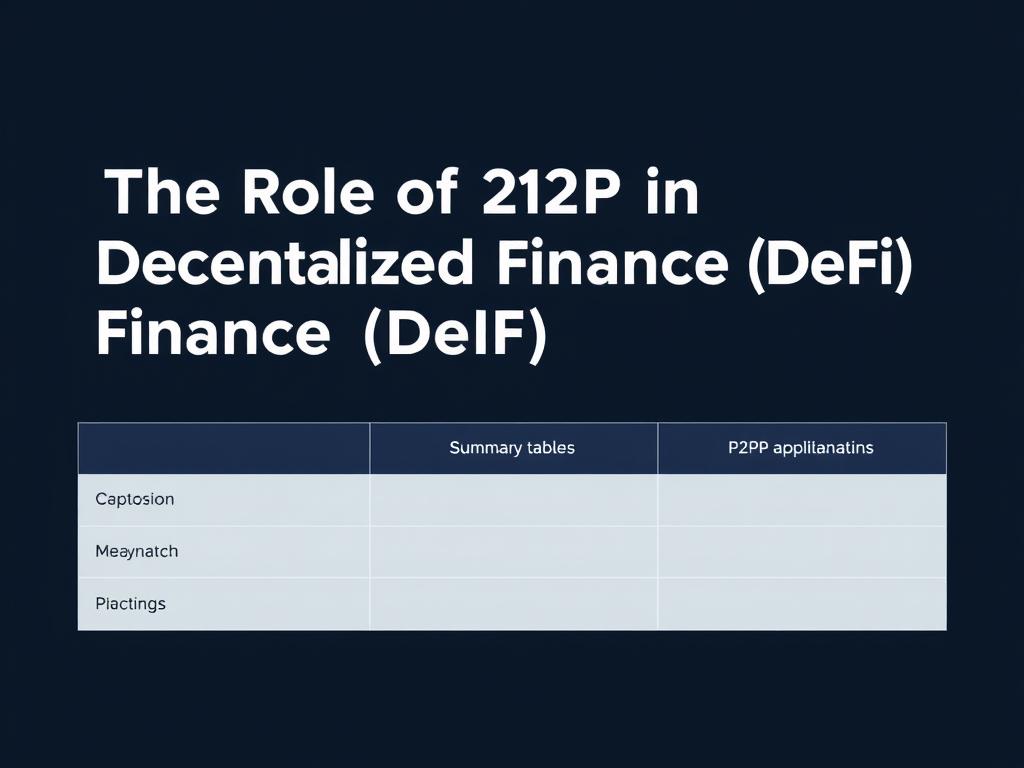
| Application | Description | Benefits |
|---|---|---|
| P2P Lending | Direct lending and borrowing without intermediaries via smart contracts. | Lower costs, faster loans, global access. |
| P2P Exchanges (DEXs) | Trading cryptocurrencies peer-to-peer with no custody by centralized parties. | Greater privacy, decentralization, fewer hacks. |
| P2P Insurance | Community-driven insurance models without traditional companies. | Transparent claims, fair premiums, user governance. |
| P2P Asset Swaps | Swap tokens directly across different blockchains or platforms. | Cross-chain compatibility, enhanced liquidity. |
Conclusion

The role of P2P in decentralized finance is nothing short of transformative, enabling a financial ecosystem that prioritizes transparency, accessibility, and user empowerment. By connecting peers directly, P2P eliminates unnecessary barriers, democratizes financial services, and creates more inclusive economic opportunities worldwide. While challenges remain in terms of security, scalability, and regulation, ongoing innovations and community efforts continue to strengthen this powerful synergy. For anyone interested in the future of finance, understanding and embracing the interplay between P2P and DeFi is essential, as it represents a fundamental shift towards a more equitable and efficient financial world.
